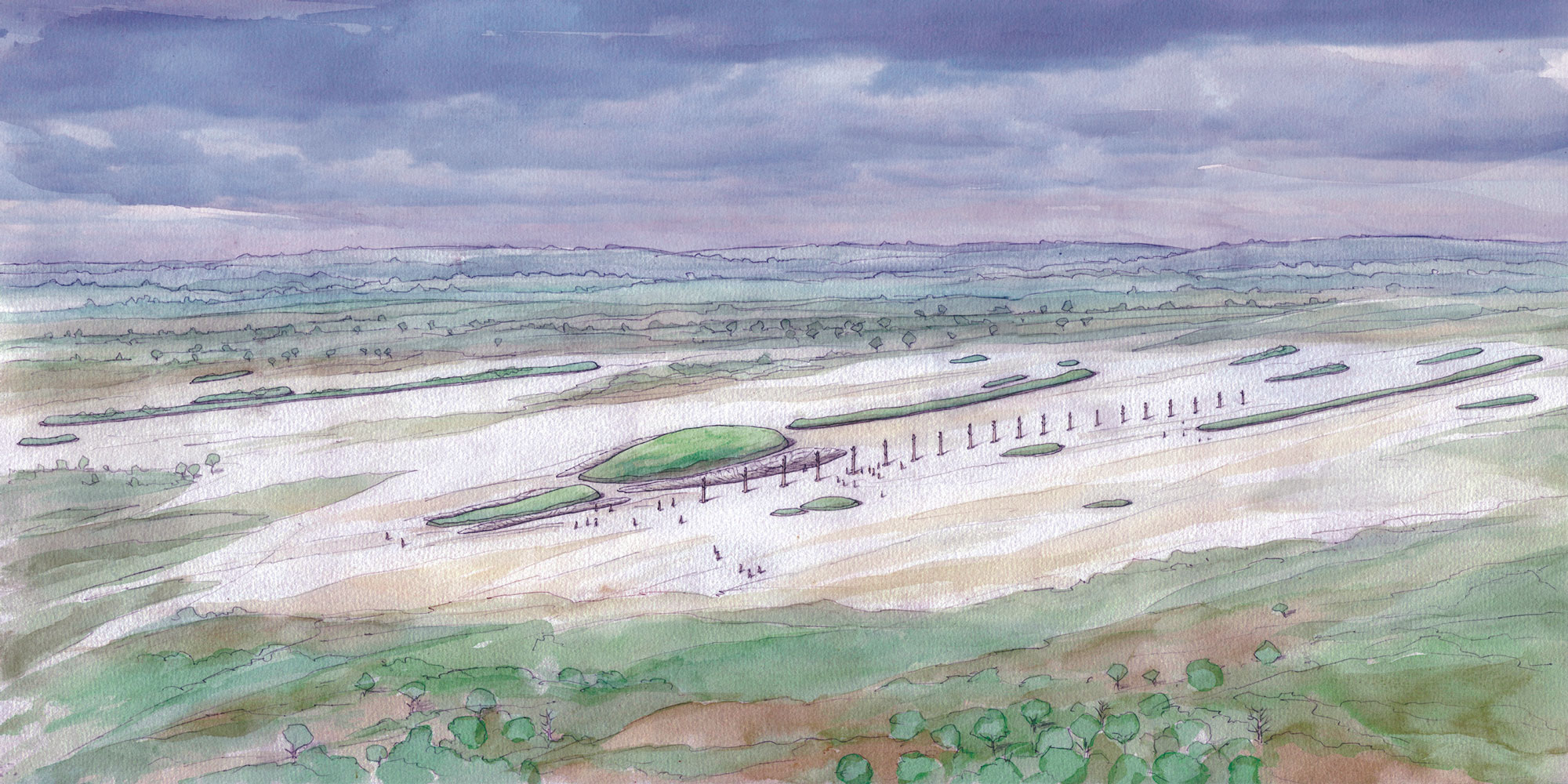STANFORD, CALIFORNIA—New Scientist reports that Li Liu of Stanford University and an international team of researchers found evidence of fermented starch granules on pottery sherds uncovered at two early farming sites located about 185 miles apart in north China. The pottery fragments ranged in age from 8,000 to 7,000 years old, and came from vessels that had small mouths, thin necks, and wide sides that blocked fresh air and promoted the brewing process. At the site of Lingkou, Liu said, the early farmers began the fermentation process by allowing grains to sprout, which freed up their natural sugars for fermentation. Meanwhile, at the site of Guantaoyuan, fungi, herbs, and grains were added to cereals as a “fermentation starter” known as qū. The researchers suggest the production of alcoholic beverages may have been linked to social and religious activities, thus fueling the development of agriculture. For more, go to “A Prehistoric Cocktail Party.”
Two Types of Brewing Detected in China’s Neolithic Pottery
News June 4, 2019
Recommended Articles
Off the Grid January/February 2026
Prophetstown, Indiana

Letter from France January/February 2026
Neolithic Cultural Revolution
How farmers came together to build Europe’s most grandiose funerary monuments some 7,000 years ago

Features January/February 2026
The Cost of Doing Business
Piecing together the Roman empire’s longest known inscription—a peculiarly precise inventory of prices

Features January/February 2026
The Birds of Amarna
An Egyptian princess seeks sanctuary in her private palace

-
Features May/June 2019
Bringing Back Moche Badminton
How reviving an ancient ritual game gave an archaeologist new insight into the lives of ancient Peruvians
 (Courtesy Christopher Donnan, Illustration by Donna McClelland)
(Courtesy Christopher Donnan, Illustration by Donna McClelland) -
Features May/June 2019
Inside King Tut’s Tomb
A decade of research offers a new look at the burial of Egypt’s most famous pharaoh
 (Courtesy Factum Arte)
(Courtesy Factum Arte) -
Letter from the Dead Sea May/June 2019
Life in a Busy Oasis
Natural resources from land and sea sustained a thriving Jewish community for more than a millennium
 (Duby Tal/Albatross/Alamy Stock Photo)
(Duby Tal/Albatross/Alamy Stock Photo) -
Artifacts May/June 2019
Ancestral Pueblo Tattoo Needle
 (Robert Hubner/Washington State University)
(Robert Hubner/Washington State University)



